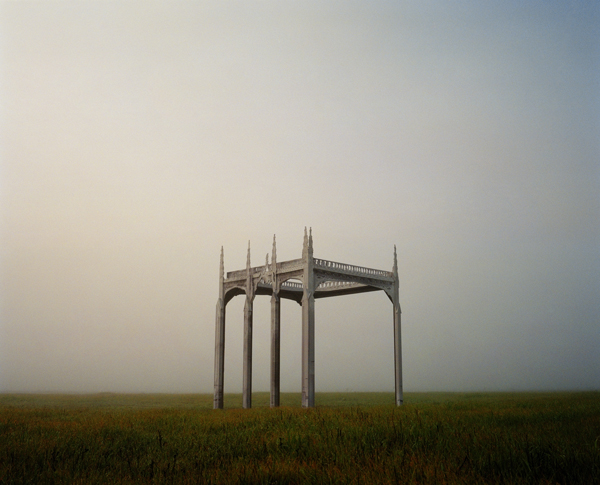On making art and subtle hearts

In 2015, I spent some weeks in Northern California to install A house made of air and distance and echoes. Of the people I saw Frank stood out—he couldn’t help but stand out as a giant slab of a man, a cross between a farmer and gargoyle but asymmetrical, perennially lilting starboard. He did handyman work around my dad’s rural home, and lived to rope you into one-sided conversations about his days as a sheriff in Mexico, each story more eye-popping than the prior. The last time I saw him was at a Thanksgiving dinner the following year, when he stood framed in a doorway, carefully combed, beaming, fully prepared to engage the chat functions, and I was overcome by a strange sadness that made no sense. Months later, out of nowhere he was diagnosed with an advanced, inoperable cancer. I’ve never before or since met a man whose heart so overflowed with love for his son as Frank’s did. Wherever his conversations rambled, they invariably set once again on Brandon—who was shy and loved computers—in the most pure and genuine way, so much so that it would be impossible to mention Frank without this gift that’s never faded. The old yogic systems link the heart with the element of air, and it feels as if I’ve been gently led by those whose paths have crossed with mine to consider that all the love we’ll ever breathe is here, every bit as light and easy to overlook as air.
Already fluent in stories, Frank was not a bookish or artish type. One afternoon I described the sculpture I was making—that it would be constructed from plywood and covered with printed vinyl giving it the appearance of shadowy stone, that it would be sited on a 35-acre abandoned airfield, and that I would photograph it like the ghost of a building under conditions of dense fog. Without missing a beat he replied, “Ah, like Christo,” and recalled his memories of Running Fence by Christo and Jeanne-Claude, an environmental sculpture that skirted the hills of Sonoma and Marin like a ghostly wave for 24 continuous miles before dipping into the Pacific Ocean. Though over four years in the making, the monumental work persisted for just short two weeks in 1976 and vanished from sight. In fact, almost always when I spoke about my sculpture with anyone in Northern California above the age of fifty, they mentioned the Running Fence, so vividly had that artwork woven itself into the landscape of time and memory.
The title of the sculpture A house made of air and distance and echoes comes from a line in Cesar Aira’s slim novel Ghosts, in which a crew of construction workers live inside the very apartment building they’ve been tasked with constructing, squatting with their families and a slew of ghosts who lounge in the nude. I love Aira’s digressions, which are really the entirety of his work, here probing a dream and there crafting a delicate, provisional architecture of dusk, like some conjurer of consciousness itself. With each brownian turn yet more of these delicious reverbs and echoes drift forward, such that his pages tickle open the book of my own life and more than a few of its meandering, harmonic threads, as a favorite does. And it gets me thinking about the many ways we’ve always grasped at metaphors for the virtual, insubstantial, and subtle with which we coexist.